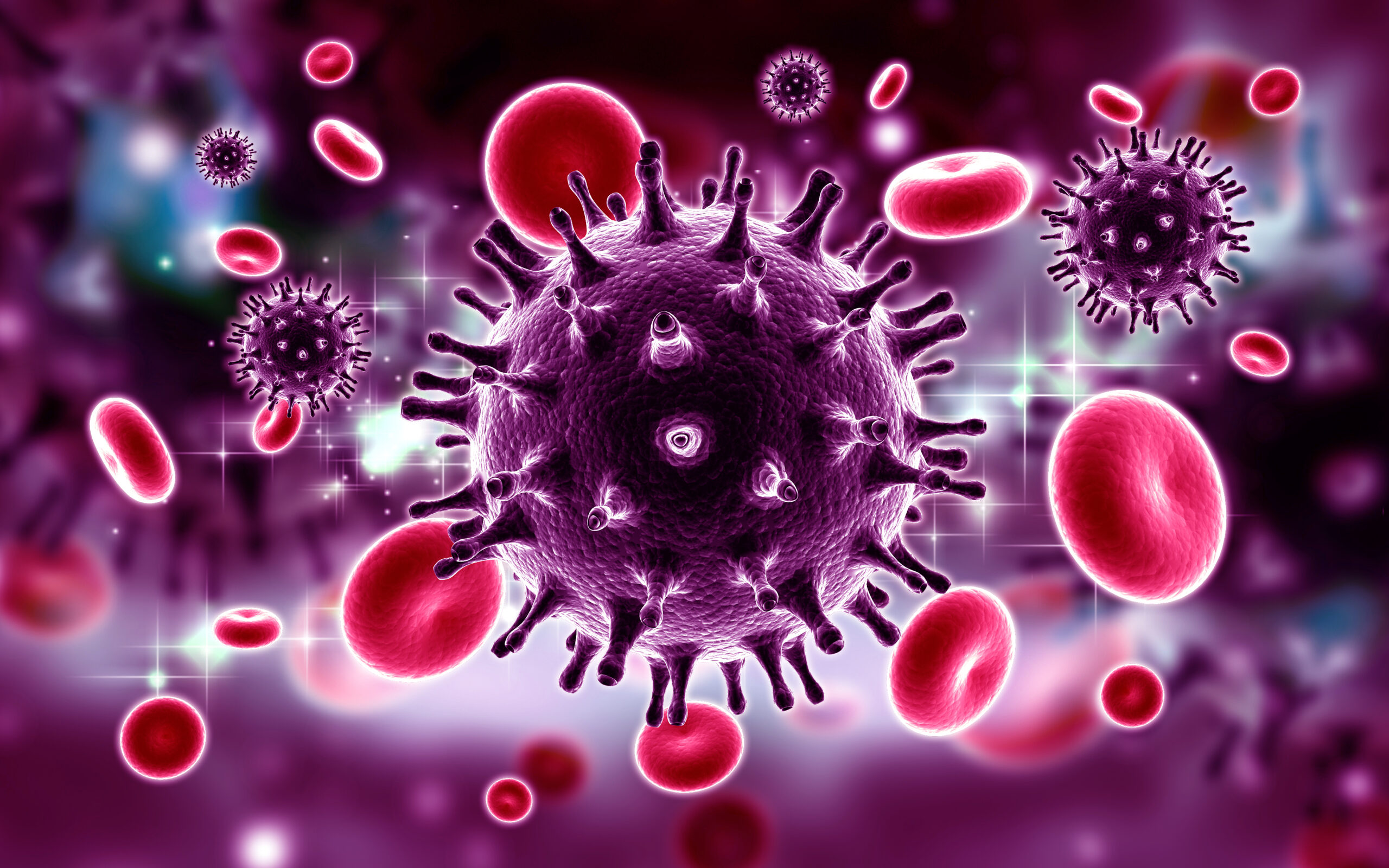TRL 4
Looking for a partner interested in a license and/or a collaboration agreement to develop and exploit this asset.
Rodríguez Gallego, Esther; Rull Aixa, Anna; Vidal Marsal, Francesc; Alba Elvira, Verónica; Ruiz-Mateos Carmona, Ezequiel; López Cortés, Luis Fernando; Tarancón Díez, Laura; Perarie Forner, Joaquim; Viladés Laborda, Consuelo
17.09.2019
PCT/EP2019/074906
WO/2020/058288
Abstract
The invention relates to the field of prognosis in a subset of HIV-infected subjects, more specifically, to methods for the prognosis of HIV-infected subjects showing undetectable viralload in the absence of antiretroviral treatment, particularly subjects that can be classified as Elite Controllers (EC), based on the level of a metabolomic marker or on the expression level of a gene or a set of genes.

Identification of a plasma proteomic profile associated with virological progression in patients initially categorized as Elite Controllers. This proteomic signature mainly includes proteins involved in inflammatory pathways. Among the 18 significantly different proteins between groups, 5 of these predict which patients will lose the spontaneous ability to control viral replication without receiving antiretroviral treatment: galectin-3 binding protein, coagulation factor XI, alpha-1- anti-chemotrypsin, ficolin 2 and the 14-3-3 zeta / delta protein. However, among these five, galectin 3 binding protein has the most important role given that it allows to discriminate the two phenotypes with 100% sensitivity and specificity.
Thus, these proteins, especially galectin-3 binding protein, could be considered biological markers for the rapid detection of this loss of spontaneous control of viral replication as well as for the identification of mechanisms involved and for the development of new therapeutic strategies.
Proteins that are differentially expressed in both groups of patients, especially galectin-3 binding protein, may be potential biological markers useful in predicting spontaneous loss and at the same time useful for designing new therapeutic strategies to achieve functional HIV care.
This technology was developed by IISPV, URV, FISEVI, IBIS and HUVR research groups.